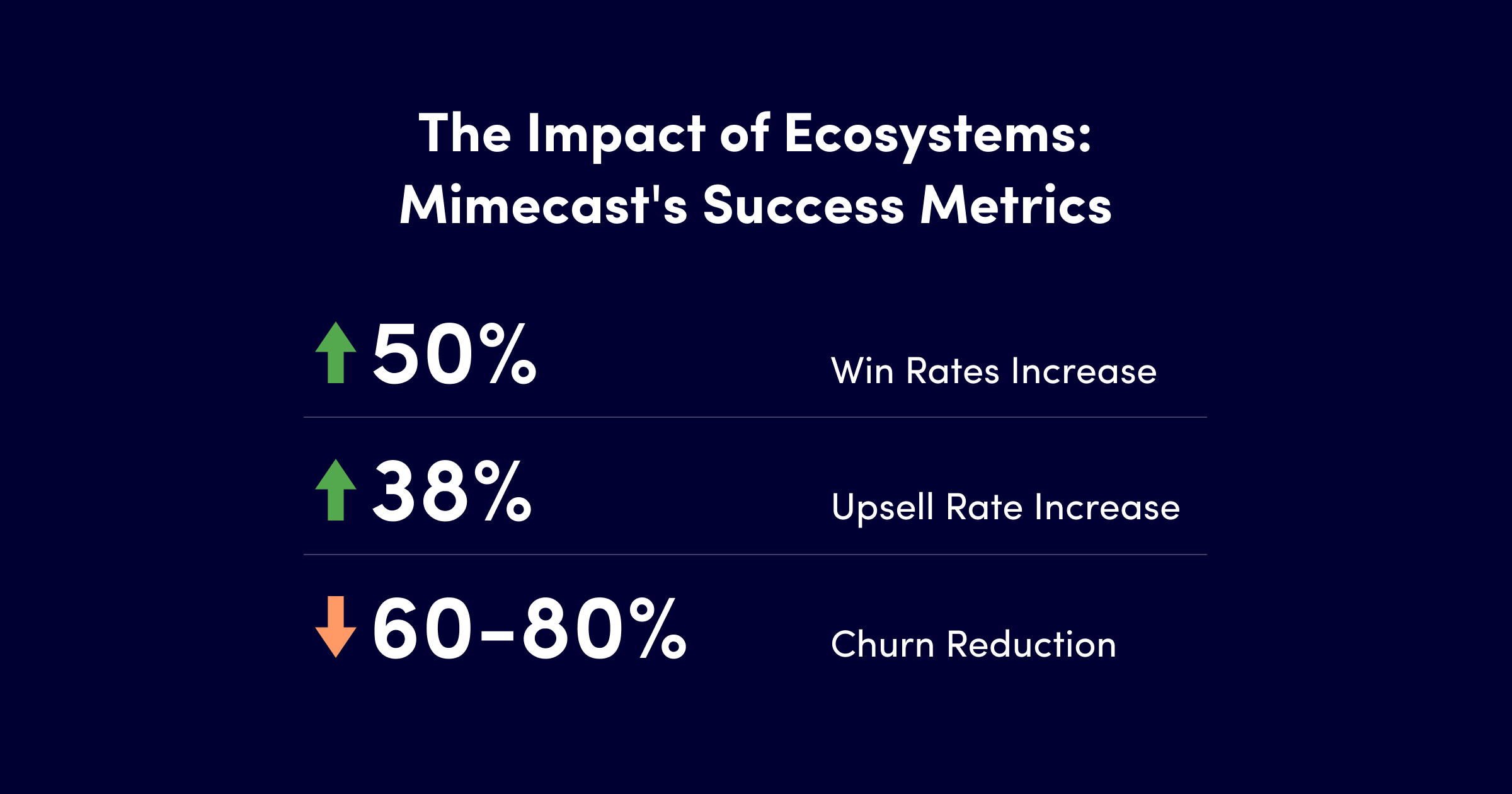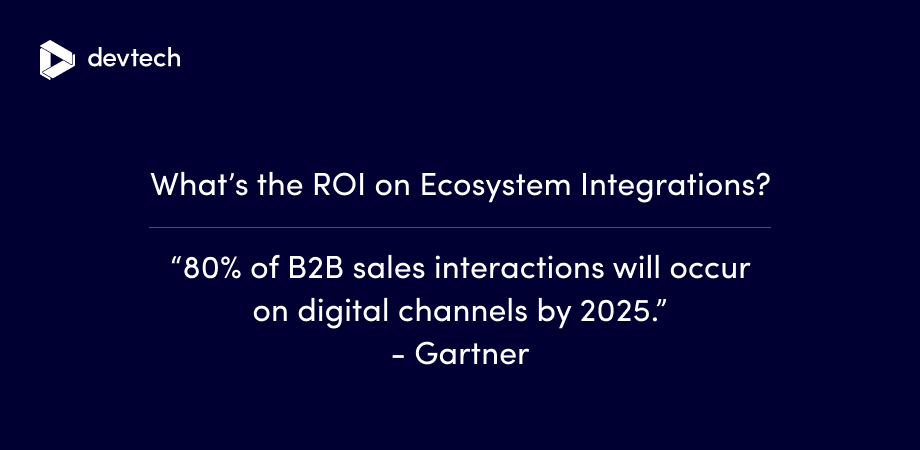The number of firms in the fintech sector in the UK is expected to double by 2030.
While that sounds like growth, it will more likely result in market saturation. Seventy-nine percent of consumers in the UK already use fintech apps to pay for goods and services and for banking in general. So the new companies will have very little room for growth.
In a saturated market, those who focus on innovation will have a better chance of survival and growth. The following trends will drive innovation in fintech and should shape your R&D efforts in the coming years:
1. Increased use of AI
The global AI adoption rate is at 35% — higher than ever before, and it will continue to rise in the future. In fintech, AI is already used for:
- Credit score tracking – to process loan applications instantly
- Fraud detection and fraud prevention – to protect users and companies from fraudulent transactions
- Customer service – to cater to customers’ issues around the clock with the help of chatbots
- Predictive analytics – to analyze customer data, identify risks, predict new trends, and help with decision making
AI adoption in fintech companies is expected to grow across the board — from 8% to 43% by 2025. Not only that, Fintechs are expected to increase their investment in AI from over $8 billion (£6.5 billion) to more than $61 billion (£50 billion) by 2031. Constant innovation and adoption to AI will be key to survival.
But your products will not become innovative just because you use AI. By 2030, having an “AI-powered” product will be just as common as having a website or a mobile app. It will not be something you can use to differentiate or market your product. But, while everyone is focused on building AI-powered customer service chatbots, you can differentiate your product by investing in new areas of opportunity, such as:
- Robo advisors – Robo advisors are currently used to help people build monthly financial roadmaps. You can focus your R&D efforts on building robo advisors that give investment advice or help people manage their financial portfolios.
- Regulatory tech (regtech) – Regtech is still in its early stages in fintech, and with more research, you can build products that audit each department for compliance with regulations and recommend changes in operational policies.
2. The move towards hyper-automation
Hyperautomation is the use of robots, AI, and no-code and low-code platforms to automate as many processes as possible. Currently, the global hyperautomation market size is roughly $9 billion (£7.5 billion). It is expected to grow to approximately $26 billion (£22 billion) by 2027. That’s an annual growth rate of 23%, showing how quickly organizations across industries are adopting robotic process automation and hyperautomation tools.
In fintech, hyperautomation is currently being used for automated data entry, data capture, and auto-document generation. It is also being used for automated provisioning and billing. There are still many areas where fintech companies can use hyperautomation, some of which include the verification of sensitive data and users’ identities.
There are many different ways fintech apps verify sensitive data. In many apps, the user has to send a picture of their driver’s license (or a similar document) and then a selfie of them holding up that document. The images then go to a person who verifies the user’s identity. This necessary step protects the user from identity theft.
Many companies are already looking for ways to automate this entire process by working with algorithms that can detect whether a document is physically present in images. You can focus your R&D efforts on building similar products that automate user and document verification.
3. Growth of embedded finance
Embedded finance is the integration of a financial product, such as in-app payments or insurance, in a nonfinancial platform. Think of the popular food delivery service Deliveroo. It offers a digital wallet where you can keep actual money and use it to order food on the platform. The wallet is a financial product and a good example of embedded finance. Companies use embedded finance to offer loans, insurance, mobile wallets, and branded credit cards, none of which are their main products. Embedded finance features such as digital wallets make the payment process easier for the user and add to the total net worth of the digital wallet provider.
The global embedded finance market currently stands at roughly $65 billion (£54 billion) and is expected to grow to roughly $183 billion (approximately £151 billion) in 2027. The same trend in growth stands true for Europe, where 92% of decision-makers from 150 European brands plan to introduce embedded finance in their products by 2026.
To differentiate your company from others in the industry, work on new embedded finance features that others don’t offer. Some of the areas you should look into include crypto-linked payment authorization. It is a faster way to make transactions, but not many fintech companies offer it as an option because not many people use cryptocurrency to buy and sell online. Building this feature now will help you down the road when crypto eventually booms again.
4. Rise of cloud native transformation
Cloud native transformation means moving your infrastructure to the cloud, and reorganizing your technology and processes to make the most out of speed, scalability, and efficiency offered by the cloud. The public cloud accounts for nearly half the fintech cloud market share, and the private cloud segment is expected to grow by a compound annual growth rate of over 20% until 2031. That means fintech companies are investing in the public and private cloud and increasingly switching to a cloud-native model.
Cloud native transformation, modernizing your architecture and switching to microservice architecture will give you the agility you need to leverage emerging technologies. By taking your infrastructure to the cloud, you will:
- Deploy new features quickly – Building and deployment on the cloud is objectively faster than doing the same on traditional IT infrastructure.
- Achieve greater operational efficiency – You can scale up and down easily on the cloud, and only pay for the resources you use.
- Be more innovative – As compared to legacy systems, a modern cloud environment is more compatible with new and emerging technologies, giving you more room for experimentation.
After you go cloud-native, you will become more responsive to changing customer needs, because you will be able to shop new features quickly, monitor your customer’s response, and make adjustments accordingly.
Innovation is the only way to win
Fintech companies offer similar products and compete for the same market. As the 1,600 fintech firms turn to 3,200 firms — and try to compete on the breadth and depth of their products — those that invest in research and development now will see success later. Yes, they’ll have to go through multiple ideas, new features, and success and failure stories over the next few years, but those that do will have second- or third-generation products in the market by the time the fintech boom reaches its highest point. So think of new ideas, innovate, work on new use cases, and find new ways to differentiate your products from the competition.



